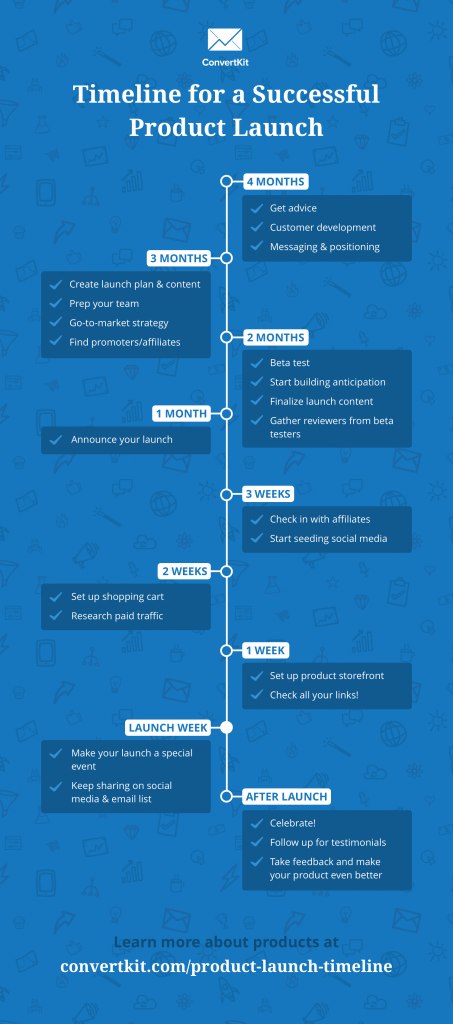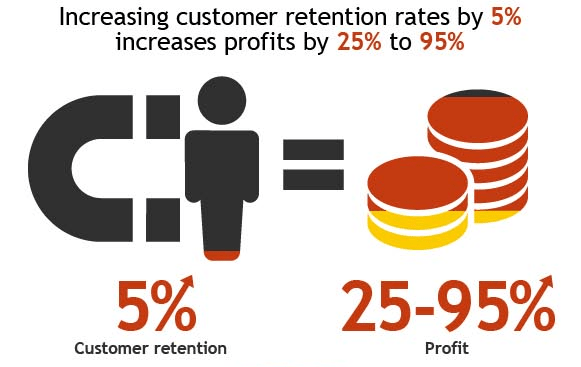Uncategorized • 21 min read
If you’re feeling like you’re always chasing affiliate deals, and you’re lying in bed at night worrying about whether you’ll make enough money this quarter or this year, you’re not alone.
That’s how many target affiliate programs were run. That’s how we used to work, too.
But we’ve found a way to get off the feast or famine roller coaster and bullet-proof our target affiliate program, and you can too.
Get an Affiliate Contract in Writing for Every Deal
Always, always, always get all your promises to your affiliates – and all their promises to you – in writing. Even if you connected with them and feel they’re a great fit for your target affiliate program, and you can already see your two companies partnering long term.
When things are going great, no one needs a signed piece of paper. We believe that most people are good people who intend to follow through with their promises. But sometimes things change, or someone else on their team suddenly has different priorities, or they promised you something that’s now inconvenient to deliver.
The contract is here to protect both of you in those tricky situations when things don’t go as well as we hoped they would.
Reserve the Right to Test and Back Away from Affiliate Offers that Don’t Work for Your Audience
Often, affiliate partners will expect you to do more than pay their commission on time. Often, they’ll want you to promote their products to your audience just as they’ve promoted your products to their audience.
But their products might not convert well with your audience.
So we recommend that, in every affiliate partnership, you always include in your contract that you have a right to test their offer to a segment of your audience, for a short period of time, to ensure you don’t burn your hard earned trust with them for the sake of one deal.
Tell them upfront what you’ll give them in advance if this doesn’t work.
Here are some ideas:
Have Non-List Options to Reciprocate Affiliate Mailings
We’ve all heard the money is in the list. Entrepreneur even reported that “every dollar spent on email marketing offers a return of $44.”
But, as we said, you’ve got to be prepared for times when you can’t use your list to reciprocate affiliate mailings – whether it’s because your list isn’t converting, isn’t a good fit in the first place, or because you’ve already pitched them too many offers lately.
In this case, consider paying faster and higher commissions than you normally would. Alternatively, develop audiences on social media platforms, and promote some of your partners’ offers there.
Here’s an example of an affiliate who posted about her partner’s product on Facebook. This affiliate is a repeat affiliate for this product – but more on why that matters in a bit.
Meanwhile, for more options, click here for our 11 step guide to getting more one-way affiliate mailings (no opt-in required).
Choose Affiliates that Align with Your Brand Values
Who promotes your products has a lot to do with how they’ll promote your products and, in turn, how that could impact your reputation.
Therefore, make a list of the most important aspects you’d like your affiliates to bring to the table, and qualify prospective affiliates manually before approving them as partners.
Plan Your Affiliate Calendar 6 Months or More in Advance
If you intend to work with serious affiliates, who have experience in the industry and audiences that trust them, there’s a good chance they’re planning their operations at least several months in advance.
These type of affiliates have a lot on their plates, including hundreds of emails they get every day, commitments they’ve made to other partners, and their own launches. It’s pretty rare that they’ll be able to accommodate you if you don’t give them at least a few months’ notice.
We recommend reaching out to them at least 6 months before your launch, but check out this infographic from ConvertKit, which suggests finding affiliates 3 months before your launch, for an overview of the different aspects that go into a launch.

Source: ConvertKit
If you’re not planning your launches in advance, you’ll always be running around trying to make all these aspects work together – not to mention you’ll need to make money now, which means you might find yourself making deals with affiliates that aren’t a good fit for your company, just so you can close the sale.
Give yourself wiggle room to walk away from deals you know you shouldn’t be making. And that wiggle room usually means knowing that your revenue goals are covered, at least for the next several months.
Close More Ongoing Deals Instead of One-Offs
While it’s OK to test the water with new partners by making one-time pilot deals, consider prioritizing long-term partnerships with affiliates that can generate recurring revenue for you.
To do that, consider getting on their autoresponder every few weeks, or on their thank you page for new email subscribers or new buyers.
The more sales you can make with one affiliate, the less affiliates you’ll need to close.
Create Systems that Help Your Affiliates Succeed
According to Invesp, retaining even 5% more of your customers can drive up to 95% more profit – and the same is true for affiliate partners.

Source: Invesp
If you invested time and money in recruiting an affiliate, and that affiliate generated $50,000 for you in your latest launch, that’s great. But if they can triple that by partnering with you for two extra launches – that’s better. And yes, you still need to invest time and money in the relationship, but you gradually get a higher return on investment the longer the partnership keeps going.
So do your best to help your affiliates succeed.
Find out what their goals for the deal are, where they think there might be some challenges, and what you can do to help. Check in with them when things don’t work, help them analyze why if needed, and offer alternatives.
Remember that their success is your success.
Cultivate New Affiliate Relationships Every Month
That said, don’t expect every affiliate partnerships to last forever. Anticipating attrition will keep you ahead of the game.
Instead of waiting for affiliates to drop off, and only then starting to cultivate new relationships, prioritize relationship building every month. Dedicate time to social media, go to industry conferences, have one on one meetings.
Here, for example, are 15 “events” that happen on LinkedIn that make reaching out to your connections easier:
Here at East 5th Avenue, every affiliate manager has to develop 5 new relationships a month. If you do that too, you’ll be able to keep growing even if you lose some partnerships along the way.
Keep Your Word to Build Trust with Your Affiliates
We’ve all been there. We get excited about a deal, or about a launch, and we end up making promises that we later understand we probably shouldn’t have.
Sometimes it’s OK to come to your partner and say something no longer work for you, and here’s what you suggest instead to compensate them.
But do your best to keep your word and do what you said you would as much as possible. Affiliate marketing is a relationship business, and if partners can’t rely on you to keep your word, it’s going to be challenging to recruit them – and their friends and colleagues – to another deal.
Be the affiliate manager that follows through with promises, even when it’s not easy, and your affiliates will do their best to deliver for you too.
It’s Time to Get Your Target Affiliate Program off the Feast or Famine Roller Coaster
Doing business can be equal to being on an exciting roller coaster, but you don’t have to always be afraid about the next twist and turn.
You can create a target affiliate program that will guarantee your CEO – or yourself – ongoing, predictable revenue that you can scale.
Commit to implementing one aspect from this list every month, and your target affiliate program will be significantly less risky by this time next year.

Dunder Kasino Kein Einzahlungsbonus Quick Hit Erfahrungen via 250, 120 Bonus Spiele, Zum Untersuchung

